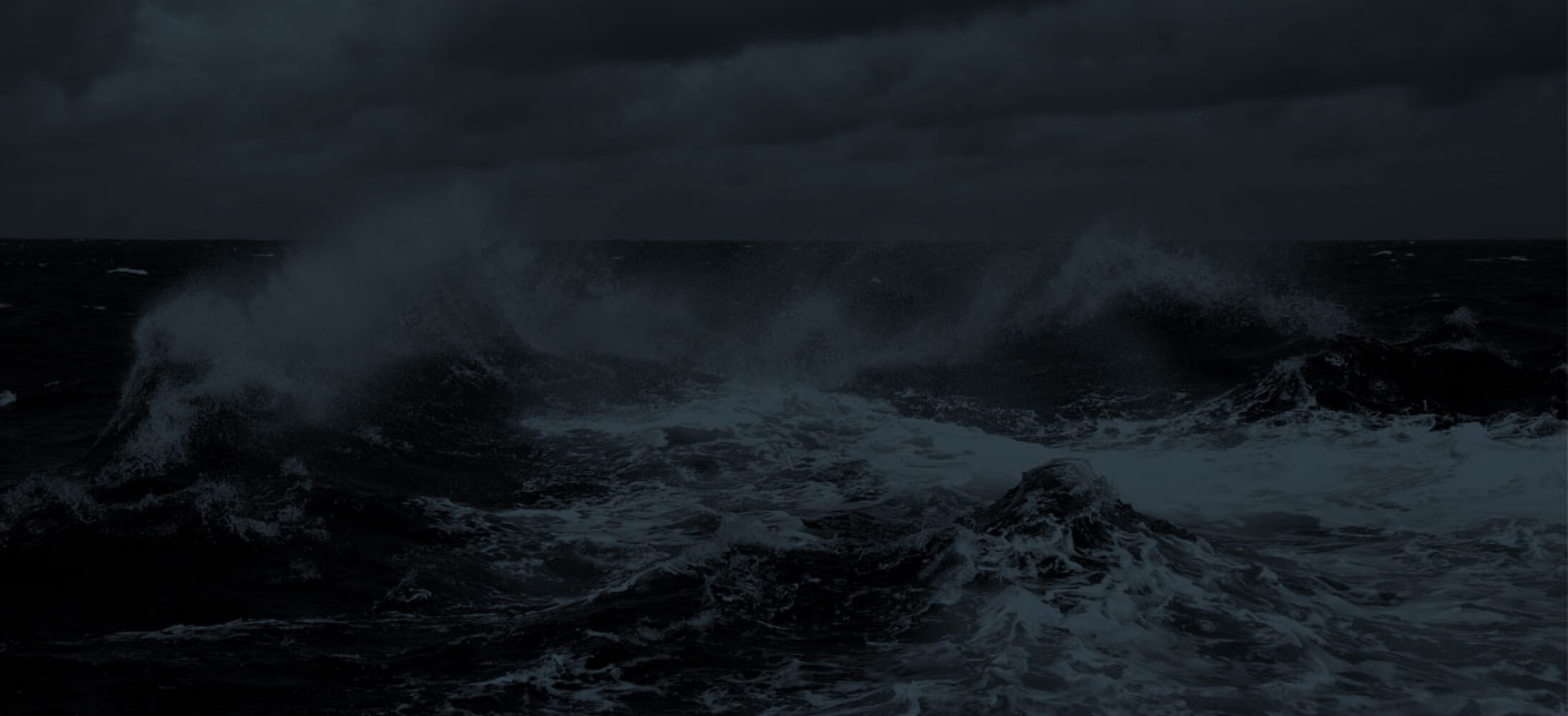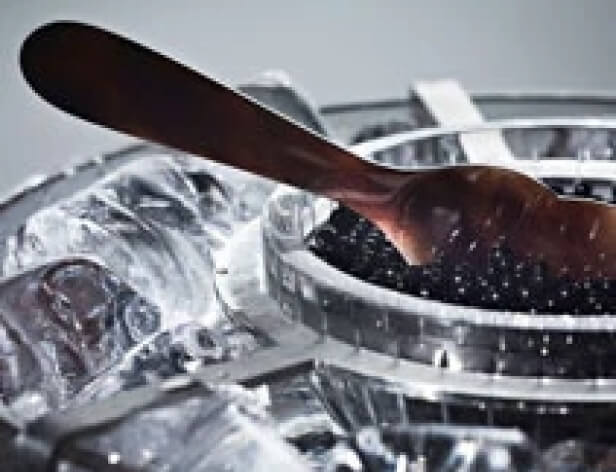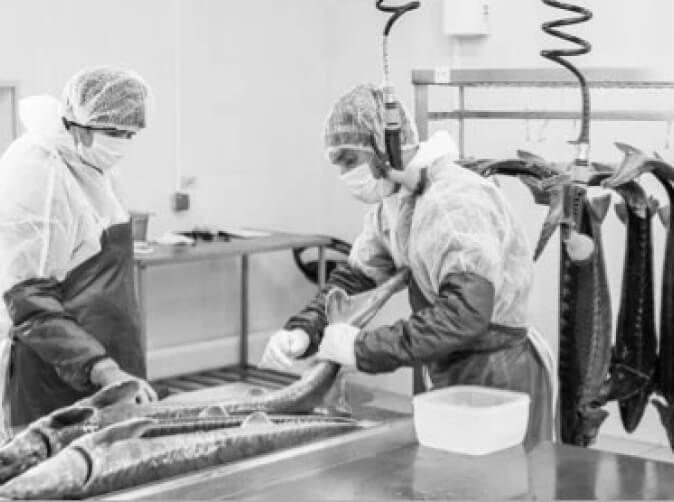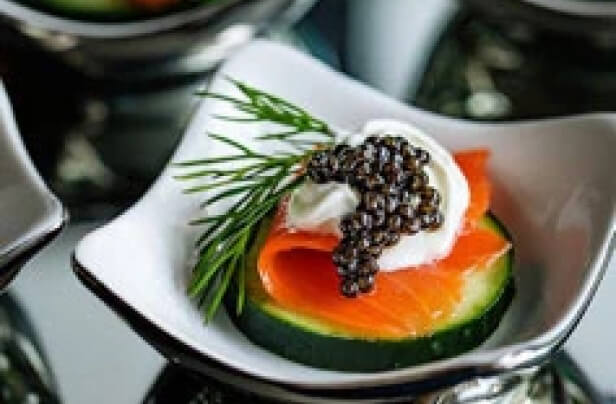The Caspian Sea
The origins of authentic caviar
The only true caviar eaten by Cyrus the Great, Peter the Great, and the Shah. The only true caviar that is veritably superior, with an abundance of vitamins, minerals, and other distinct qualities

The only true caviar eaten by Cyrus the Great, Peter the Great, and the Shah. The only true caviar that is veritably superior, with an abundance of vitamins, minerals, and other distinct qualities
Before the Great War, fishererman of the the Caspian Sea annually procured up to 540 tons of sturgeon. The following dramatic historical events – the Russian Revolution and the Civil War – led to such a reduction in fishing that the sturgeon population significantly grew. In 1938, Persia imposed strict limits on rare fish capture. Yet another war broke out. Furthermore, in 1940, according to the mutual agreement of the two states, Russia was granted the right of fishing in the Iranian side of the Caspian Sea.

Thus, from the royal monopoly on caviar export after the inclusion of the Caspian region into the Persian Empire to the environmental rehabilitation measures under the Shah’s rule, the sturgeon of the Caspian Sea was protected as a national asset.
The undertaken measures led to a new growth of the natural reserves, but the situation was influenced by dirty tricks of the big oil and… geopolitics. The growing hydrocarbon production on the Caspian shelf imposed its toll on the aquatic environment. Worse, sturgeons feed near the bottom, where the harmful contaminants accumulate. The Caspian Sea grew warmer and shallower. The contamination destroyed more than a few spawning grounds dramatically reducing the reproduction rates. After the collapse of the USSR, the simultaneous fishing was commenced by the five newly formed shore states – the Russian Federation, Kazakhstan, Azerbaijan, Turkmenistan, and Iran. Smuggling, overfishing, unlimited harvesting – all that put the sturgeon on a brink of extinction.


In a decade, Iran exported as little as 80 tons of the sturgeon roe, 14 times less than in 1989. In previous years, the Caspian Sea produced about 98% of the world total harvest of the black caviar. For the next 15 years, according to Iranian Fishing Agency, the sturgeon population the Caspian Sea dropped by shocking 99%.


Its policies refer to 25 of 27 species of sturgeon. Apart from acceding to the Convention, Iran has enforced, in 2005, the strict liability for illegal fishing, keeping, purchase, storing, transportation, transfer, and selling of outstanding rare animals and aquatic biological resources among the species included in the Red Book of Iranian and/or regulated under the international treaties as well as their parts and derived materials. The export of caviar from the Caspian region was almost totally frozen.
 CITES (Convention on International Trade in Endangered Species of Wild Fauna and Flora)
CITES (Convention on International Trade in Endangered Species of Wild Fauna and Flora)
Far-sighted businessmen from Russia, Switzerland, Germany, France, and other countries set about to invest into development of aquacultures, although it is not an easy task to extract the highest quality roe from the specially picked population of sturgeons. Nevertheless, the most prominent chefs as well as passengers of the first class airplanes consider the sturgeon caviar from the aquacultures to be the reference of taste.
You may call it a cold calculation – for months and years to come. Strictly controlled water temperature combined with the most ecological techniques of water purification allow us to receive roe from eight years old she-sturgeons without turning to artificial methods of stimulation. For a few months we lower the temperature in the giant reservoirs – that is how the fish gets ready to spawning in their natural habitat in winter and gets rid of excessive fat, so improving the taste and aroma of the caviar. The ultrasonic diagnostics allow us to determine the measure of roe maturation.


In Iran, the traditional method of extraction of the most savory sturgeon caviar immediately while splitting the fish was called the slaughtering. Foreign specialists are delicately referring to the process as the sacrifice. A sturgeon is covered with ice slabs to put it into anabiosis in order to avoid the situation when the stress affects the taste of the delicacy.


The supply chain is deliberately shortened to do justice to the duly served on ice Caspian Monarque sturgeon caviar.
We take special pride in thinking that responsible reproduction of nearly extinct sturgeon would help to restore the natural wealth of the Caspian Sea. And allow the future generations to inherit it.

We pride ourselves on being one of the few companies that oversee every aspect of caviar production, from breeding to distribution. This commitment to quality ensures that our exclusive caviars are sustainably sourced and crafted to absolute perfection.
With a legacy of traditional methods passed down through many generations, we seamlessly blend time-honoured techniques with cutting-edge tech. Our sturgeon are raised in farms that harness the natural bounty of the Caspian Sea, guaranteeing unparalleled quality.
Raised in the sea’s pristine waters, our caviar is imbued with a distinctly Caspian character, offering a unique, unforgettable taste experience. Each tin of our caviar tells a story of the sea’s
rich history and the prehistoric sturgeon that live there.